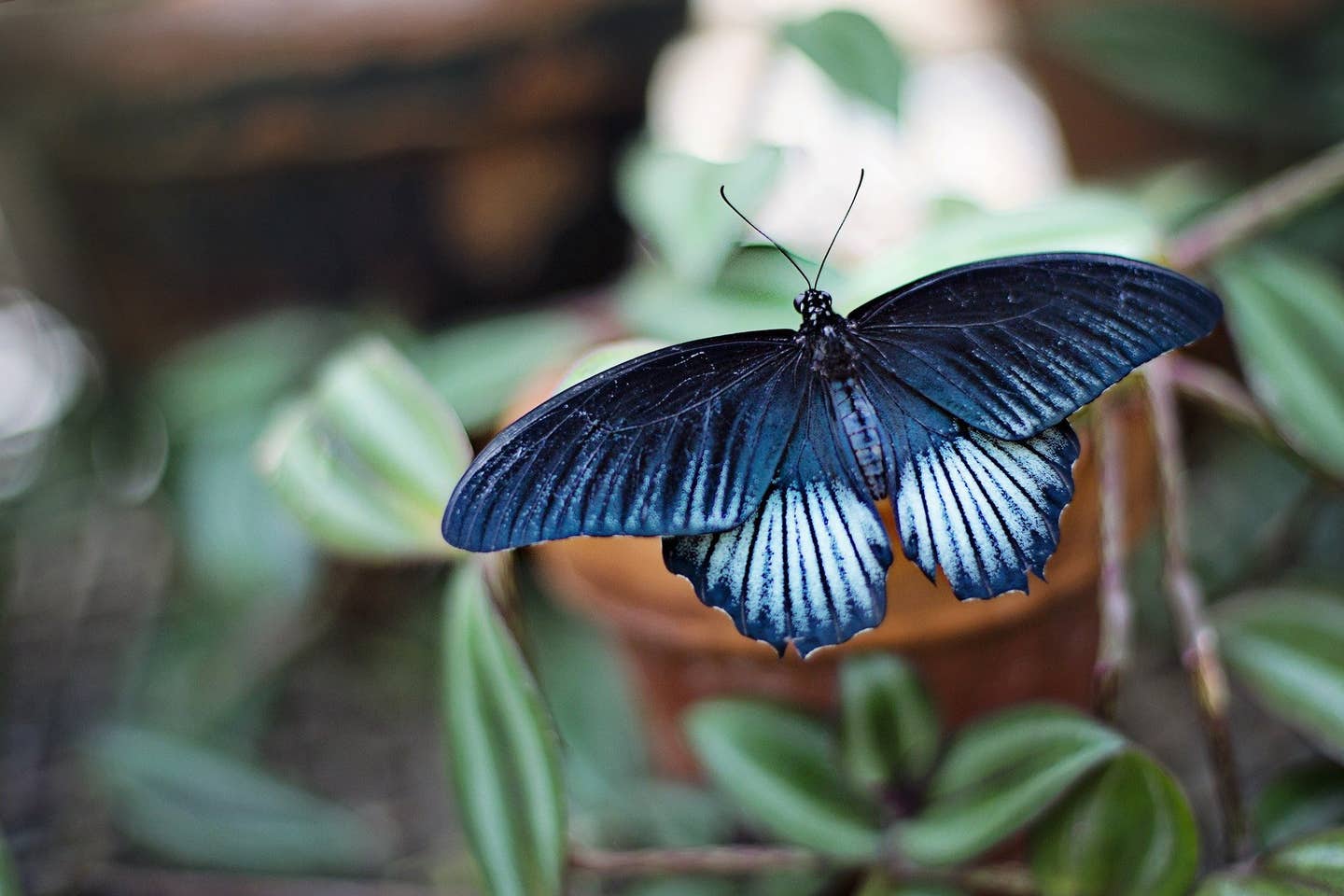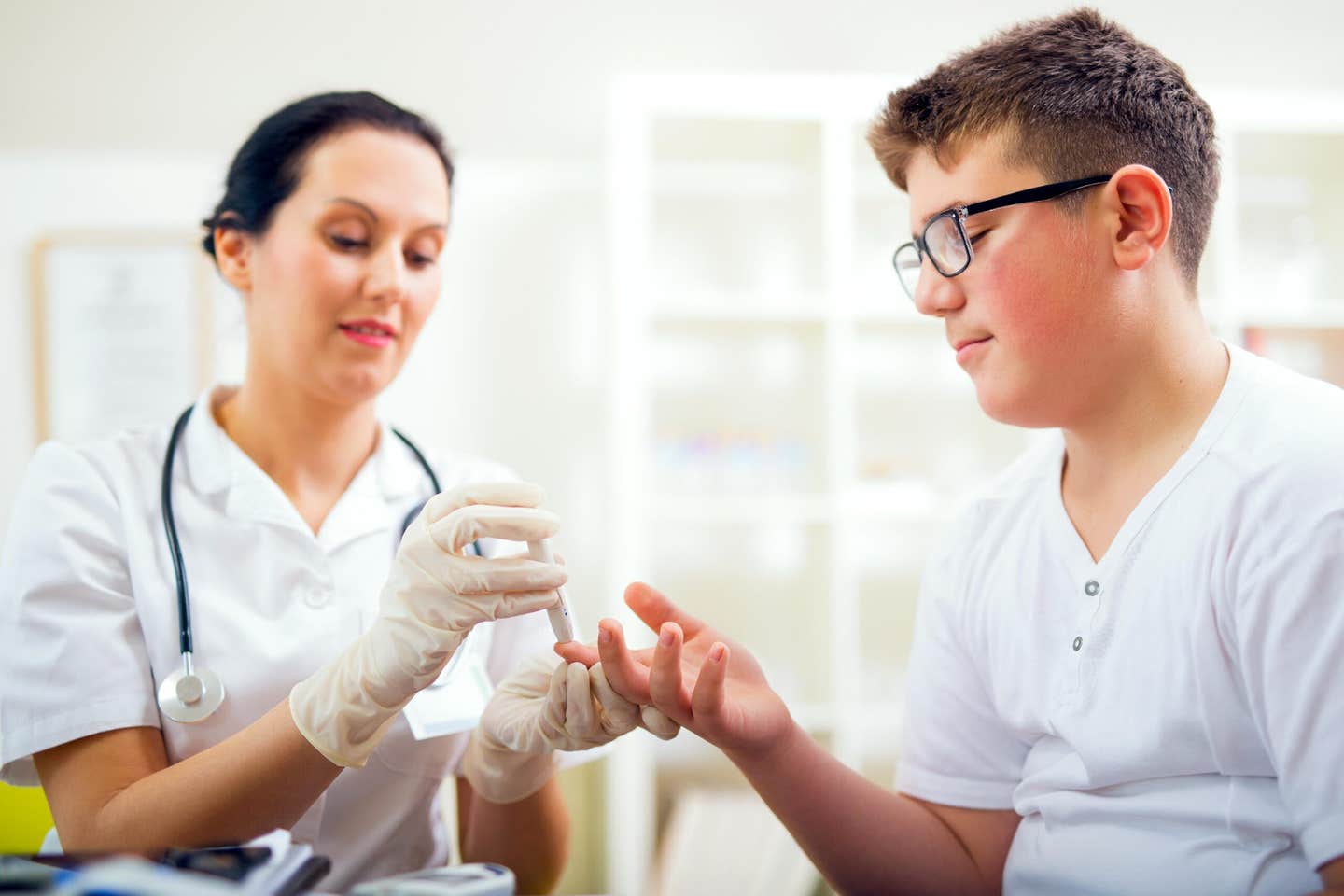Can butterfly wings help detect COVID-19 faster?
The researchers were inspired by how light is concentrated in butterfly wings and have discovered a new way to concentrate light on a chip.

[October 5, 2021: Swinburne University of Technology]
An international team, led by Swinburne University of Technology and Australian National University (ANU), have made a breakthrough discovery that could potentially lead to faster, more accurate molecular or virus tests, including for COVID-19.
The researchers were inspired by how light is concentrated in butterfly wings and have discovered a new way to concentrate light on a chip, which has powerful potential for molecular or virus detection.
The team is co-led by Director of Swinburne's Centre for Translational Atomaterials, Professor Baohua Jia, and head of the ANU's Nonlinear Physics Centre, Distinguished Professor Yuri Kivshar. Together, they have solved one of the most persistent challenges in the study and engineering of light at nanoscale (known as nanophotonics): light field enhancement at a nanoscale. Basically, how to produce huge light energy on a miniscule scale.
Their discovery enables the creation of ultracompact sensing chips. These are the size of 100 microns (for context, that's the size of a strand of your hair) with unprecedented sensitivity for detecting pathogens.
It brings enormous advantages, including faster and more accurate molecular detection in blood and saliva. This would vastly improve our ability to test and track viruses, reducing the chance of community transmission of contagious viruses. And, it could also play an important role in preventative health by revolutionizing how surplus sugars and other anomalies in the blood are detected.
Butterfly wings, which inspired the breakthrough, are made up of thousands of layers of tiny scales. When light hits a butterfly wing, it travels through those layers, and each layer has a concentrating effect.
"We should always learn from nature. In this work, nature-inspired innovation creates the solution to this challenge," says Distinguished Professor Yuri Kivshar from ANU, who co-led the research with Professor Baohua Jia from Swinburne.
So, the researchers set to work designing and fabricating a nanophotonic chip that mimicked the structure of a Bicyclus butterfly wing. 3D laser nanoprinting took place in Swinburne's Advanced Manufacturing and Design Centre. With the chip in hand, they deposited a testing sample on top and found they had achieved the impossible: they'd uncovered a way to manipulate space and time to concentrate light precisely as they pleased.
Because concentrated light has the power to pick up fewer pathogenic cells, it means everything can be scaled right down—wait times, sample sizes and testing materials. With less wastage, it's a sustainability win too.
"We think this breakthrough will bring new possibilities and opportunities into this entire field," Dr. Yao Liang, the first author of this study, adds.
"We are glad we have done the "mission impossible" in this field," says Dr. Han Lin.
"We are looking forward to developing more applications based on this technology in the near future," Professor Baohua Jia adds.
Like these kind of feel good stories? Get the Brighter Side of News' newsletter.
Tags: #New_Innovations, #Butterfly, #COVID_19, #Nanophotonic_Chip, #Science, #Technology, #Research, #The_Brighter_Side_of_News
Joseph Shavit
Head Science News Writer | Communicating Innovation & Discovery
Based in Los Angeles, Joseph Shavit is an accomplished science journalist, head science news writer and co-founder at The Brighter Side of News, where he translates cutting-edge discoveries into compelling stories for a broad audience. With a strong background spanning science, business, product management, media leadership, and entrepreneurship, Joseph brings a unique perspective to science communication. His expertise allows him to uncover the intersection of technological advancements and market potential, shedding light on how groundbreaking research evolves into transformative products and industries.



